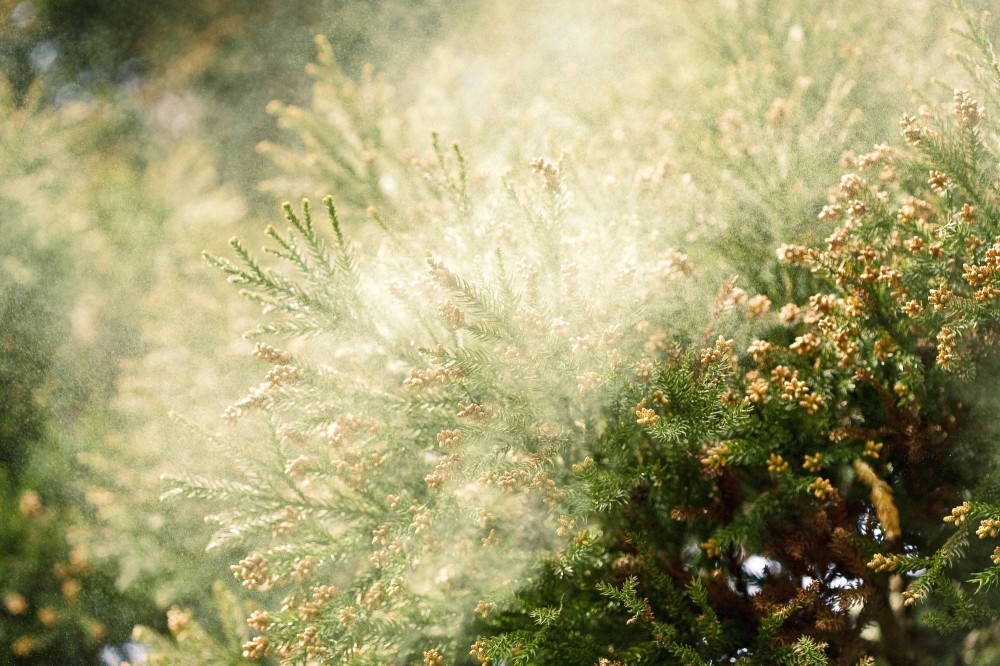The government said in an annual report adopted Tuesday that it aims to halve the amount of cedar pollen in the country in 30 years by reducing the area of artificial cedar forests by about 20% over the next 10 years.
The white paper on forests and forestry, adopted at a Cabinet meeting on the day, includes a special section on hay fever for the first time.
In the report, the government vowed to accelerate the cutting down of artificial cedar forests and their replacement with plants that emit less pollen.
The report noted that artificial forests created after the end of World War II to conserve land and meet growing demand for timber are reaching a stage where the trees can be felled and used. It pointed out that it is necessary for the entire society, including consumers, to work to reinvigorate timber demand.
The total area of artificial forests in Japan doubled from about 5 million hectares in 1949 to about 10 million hectares today. Cedar forests account for about 40% of the total area.
In May 2023, the government mapped out an outline of measures to tackle hay fever, including designating priority areas near cities for the felling of cedar trees and their replacement with other trees, expanding demand for cedar wood used in construction, and introducing high-performance forestry machines to improve work efficiency.

